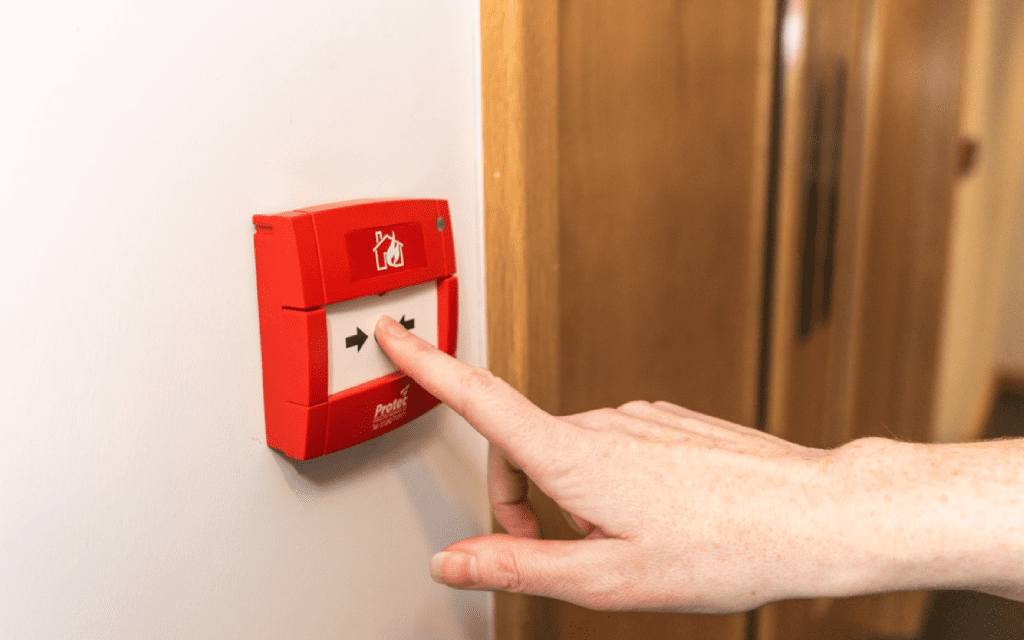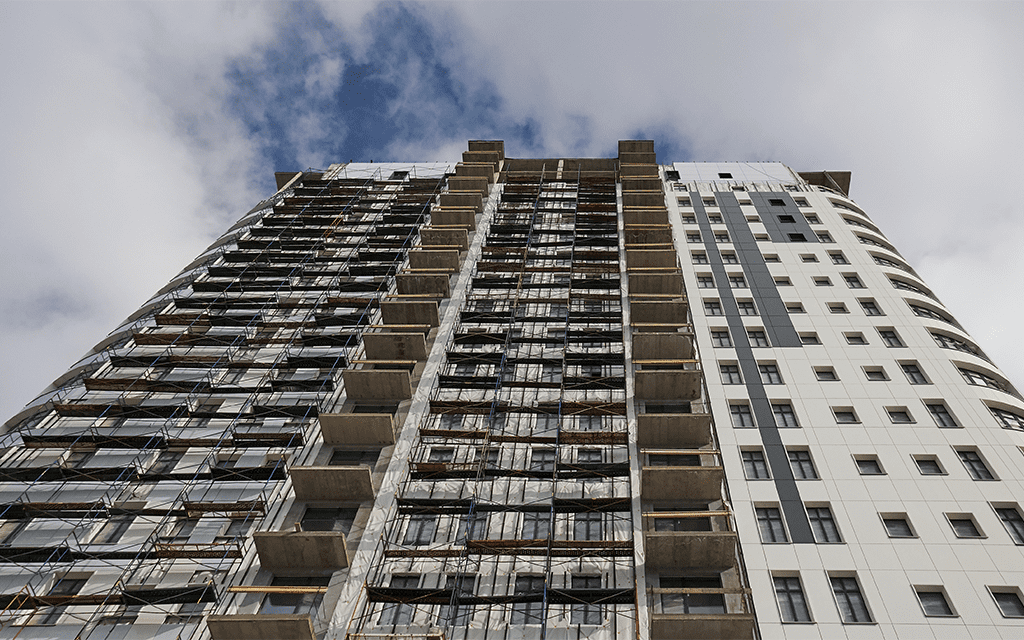How Can You Prevent False Alarms
False alarms are a severe problem within the fire protection industry. The government reported that in one year, 40% (231,156) of fire incidents turned out to be false alarms. These false alarms cost the UK over 1 billion pounds. These figures do take into account hoax calls as well as fire alarm related false alarms, both of which are not genuine false alarms in the fire detection industry sense. Still, above 15,500 false alarms were reported from being within industrial and commercial buildings (non-dwelling) within the UK.
Share
Prevent False Alarms by:
Correct design
A reduction of false alarms can take place at the design stage of a building. A building project goes through many design stages before being built, one being that of the fire alarm design stage. BS 5839 is the fire alarm British Standard’s in which buildings fire alarm systems have to meet. By employing a reputable design team who are well versed in the requirements of BS 5839, they can implement the correct detection to the right environment as well as ensuring that detector locations give the correct area coverage to meet the BS 5839 recommendations.
Detection comes in various forms. Some detection technology works well in one scenario but not in others. For this is the reason, it is why it is best to apply the correct detection in the environment to be protected. A simple example of this would be in a high-level glass atrium of a shopping centre in an office block. These atriums tend to lend their hand to beam detection due to the lack of suitable mounting locations for point type detection. However, on some hot sunny days, beam detectors are known to go into false alarm due to the sunlight. The way to reduce the risk of this type of false alarm would be by the use of an aspirating system due to its more accurate fire detection methods and ease of maintenance for the client.
Correct technology
Protec’s 6500 fire alarm system utilises the Algotec 6000PLUS protocol, which is the Protec standard protocol. The Protocol evaluates each 6000PLUS device algorithm and data. By taking these constant readings from the fire alarm devices, it enables the system to recognise when a sensor is becoming contaminated due to its location in a dirty environment. The system will adjust the threshold of the sensor to account for the extra contamination on the sensor. The system records the contamination of the detector. The Protec 6500 fire alarm panel then gives an early indication of the contaminated device ready which is ready to be cleaned/ replaced; this reduces the risk of what could be a costly false alarm at a later date.
Fire alarm systems come with many settings to adjust sensitivity to reduce false alarms. In addition to these simple settings, you can have a day/night mode, also known as a performance mode. This option comes in useful to reduce false alarms on areas where controlled smoke occurs such as from smoke machines in theatres or hot works in a workshop. These areas can prove troublesome at best but can be solved quite efficiently. The day/night mode on a fire alarm system works in conjunction with multi-sensor detector heads by merely switching between which type of detection depending on the time of day. When a theatre or workshop is in use, the fire alarm system will select just the heat element of the point detector. At night, when the building is unattended, and no manufacturing process smoke is present to cause a false alarm, the fire alarm system would revert the detectors from the heat element to the smoke element.
Humidity and water ingress are proven to cause false alarms. Should you require point detection in a humid or damp area and the area is not big enough to warrant the installation of an aspirating system, the alternative could be the use of IP65 detectors. These types of sensors come with an IP65 rating, which means they are manufactured for the specific use in areas where water ingress could be a problem. By installing this type of point detector, it gives a cost-effective solution which negates the chance of false alarms due to water ingress.
Good practice
Manual call points can be a source of false alarms. The majority of these are accidental but could have been avoided by merely adding a hinged plastic protective cover. By adding the hinged transparent protective lid, it protects the frangible element to minimise unintentional activation. Hinged protective covers are also available with localised audible alarms which act as a deterrent to vandals as, when lifted they set off an alarm drawing attention to the person attempting to use the manual call point.
The use of hinged protective covers is now a requirement of BS 5839. Does your building have plastic hinged protective covers? If not, then why not add them to your existing manual call points to minimise false alarms and give you peace of mind. In addition to this, it will bring your existing system in line with the current BS 5839 recommendations.
Simple cause & effects can reduce false alarms by implementing what is known as coincidence detection. Coincidence detection is a two-stage fire alarm activation. The first stage is when the activation of a fire device puts the fire alarm system into a pre-alarm state. Upon the second activation of a fire alarm from another manual call point or detector, the system will go into a full alarm state. It reduces the chance of a false alarm drastically as it requires at least another manual call point or two detectors to register a fire.
Regular testing and maintenance
Regular maintenance is a requirement of BS 5839. By having the fire alarm system serviced and maintained regularly, it prevents the build-up of dust and the contamination of the detectors which, over time, lead to false alarms. Preventative maintenance like this is the easiest way to avoid false alarms.
As an industry leader within the fire protection industry, Protec knows how damaging false alarms can be to a company. Be it the financial expense of downtime in a production facility, or the damage in reputation to a company having excessive false alarms call-outs a year. Protec has multiple ways it can implement proper working methods and technology to ensure false alarms a drastically reduced and do not cause an issue for the client.
How we can help you to prevent False Alarms
From this article, we have spoken about how a well designed, manufactured and maintained fire alarm system can reduce the chance of false alarm and in turn protect you against the financial and reputation implications which false alarms can create.
Protec Can help to implement these measures from day one by offering design support via our experienced and fully qualified design team. Quality reliable products supplied via our sales team and finally, competitive packages to provide fire alarm system maintenance via our nationwide service support & maintenance team.
Measures put in place, which reduces false alarms in the real-world scenarios identified in our case studies:
Statistics are taken from https://www.gov.uk/government/collections/fire-statistics-monitor












